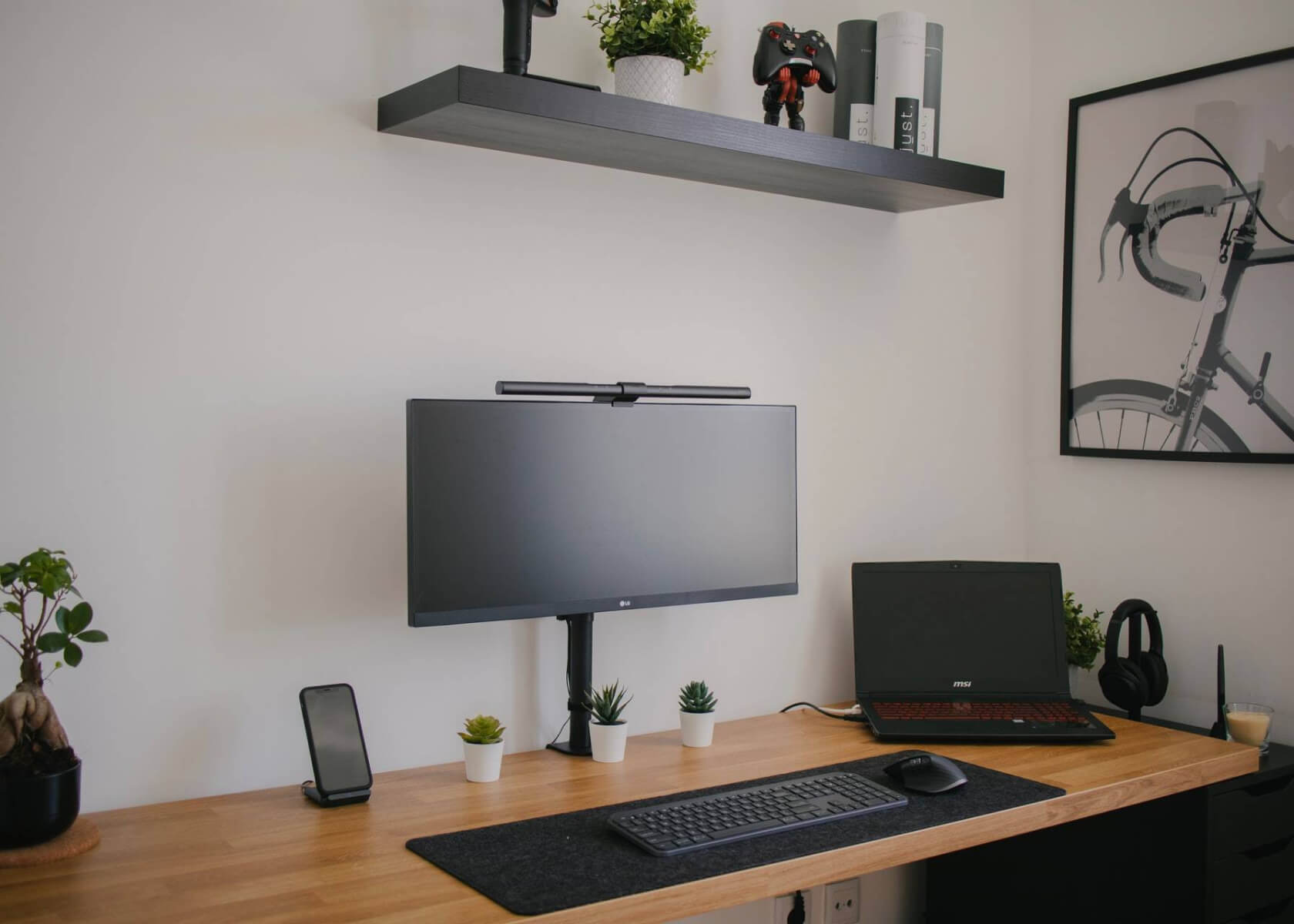Seamless Integration: How to Connect Notion to Google Calendar for Efficient Scheduling

New to Notion?
How to Connect Notion to Google Calendar
Notion is a powerful productivity and note-taking tool that lets you manage to-do lists, project boards, databases, and more. One of its best features is the ability to integrate with other applications and services. Google Calendar is a popular choice, enabling you to synchronize your schedules and appointments in one central place. Today, you can connect Notion and Google Calendar in two main ways: by embedding your calendar directly or by setting up a two-way integration using third-party automation tools. In this article, we'll walk you through both methods.
Method 1: Embedding Your Google Calendar in Notion
If you just need to view your Google Calendar within Notion without full two-way sync, using Notion's native embed feature is ideal.
- Make Your Google Calendar Public:
- In Google Calendar, go to your calendar's settings.
- Under "Access permissions," check the option to make your calendar public.
- Copy the Public URL or Embed URL provided in the settings.
- Embed the Calendar in Notion:
- Open your Notion Workspace and navigate to the page where you want to display the calendar.
- Click on the + icon or type
/embedto add a new embed block. - Paste the calendar's URL into the block and adjust its dimensions if needed.
Notion will render your Google Calendar, providing a clear visual of your scheduled events. This solution is perfect for having a quick glance at your calendar without leaving Notion.
Method 2: Setting Up a Two-Way Google Calendar Integration
For users who require a more dynamic connection between Notion and Google Calendar—such as automatically syncing events—a third-party automation tool is recommended. Services like Zapier or Automate.io (or similar platforms) now work seamlessly with Notion’s public API.
Step 1: Obtain Google Calendar API Credentials (If Needed)
If your integration workflow requires API access (as it does with most automation platforms), follow these steps:
- Go to the Google Cloud Platform Console.
- Create a new project or select an existing one.
- Enable the Google Calendar API for your project.
- In the "Credentials" section, click on Create Credentials and choose OAuth Client ID.
- Configure the consent screen by entering your application's name and required scopes.
- Download the JSON file containing your credentials for later use in your automation tool.
Step 2: Connect Notion and Google Calendar via an Automation Tool
- Sign up for a third-party service like Zapier.
- In Zapier, create a new workflow (often called a “Zap”) with Google Calendar as the trigger (for example, when a new event is created) and Notion as the action (such as creating a new database entry or event block).
- Authenticate both accounts by following the prompts. For Google Calendar, use the credentials you just obtained if required; for Notion, connect via the Notion API token.
- Configure the trigger details and mapping of calendar events to your Notion database or page.
- Test the integration to ensure that new events in Google Calendar automatically show up in Notion and vice versa, depending on your trigger-action setup.
Step 3: Customize Your Integration
Once connected, you can further tailor how your calendars interact:
- Embedding Calendar Views: Although embedding is straightforward (see Method 1), you can also create custom views in Notion to display events in various layouts, such as month, week, or day views.
- Syncing Events: With your automation set up, events can be synced between Google Calendar and Notion. For instance, create events in Notion that automatically add to your Google Calendar.
- Setting Reminders: Notion supports reminders and can notify you about upcoming events. Click on an event block in Notion and set reminders to keep your schedule on track.
Managing Your Calendar Integration in Notion
Once your integration is up and running, managing your events becomes a breeze. Here are some common tasks you can easily accomplish:
- Creating Events:
- In your Notion page, click on the + icon and add an Event block (or use your integrated database).
- Fill in details like the title, start and end time, location, and description.
- Editing Events:
- Click on an existing event block to open its details.
- Make the necessary changes, like updating time or adding notes.
- Deleting Events:
- If an event is no longer needed, select the event block and press the Delete key.
- Viewing Events:
- Use Notion's customizable calendar views to see your Google Calendar events alongside other Notion content.
- Switch between different display options (month, week, or day) to get the best overview of your schedule.
With these integration options, you can manage your tasks, events, and schedules in one central hub. Whether you prefer a simple embedded view or a fully automated two-way sync using a third-party tool, Notion's flexibility makes it easy to tailor your setup to your productivity needs.
Take advantage of these features to enhance your workflow and keep your schedule organized—all within Notion.


